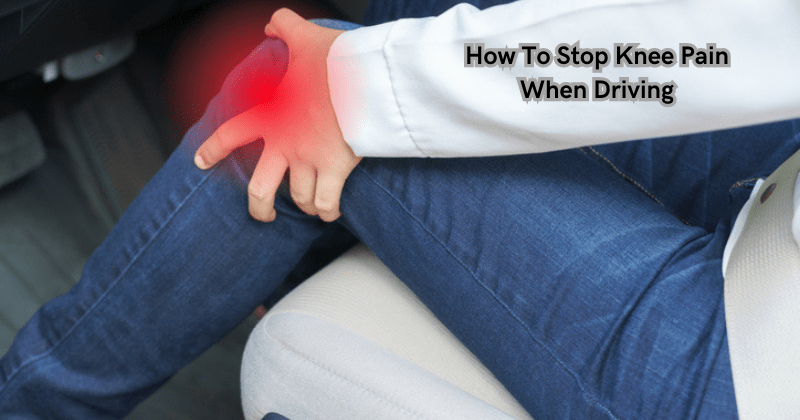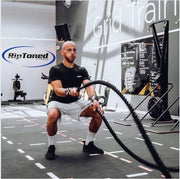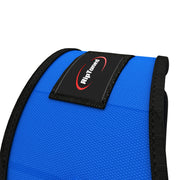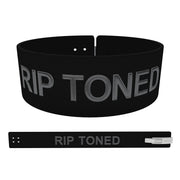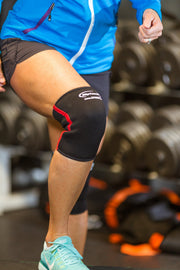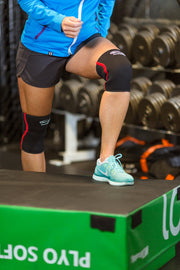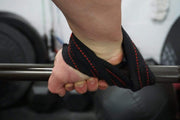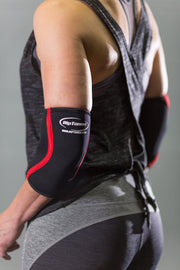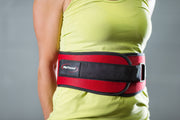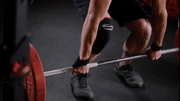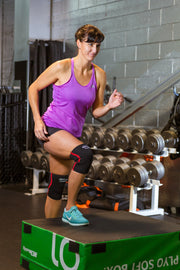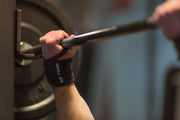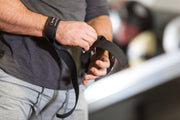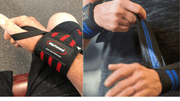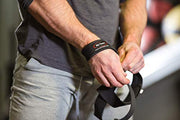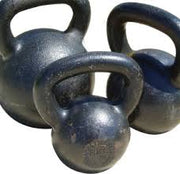Do you find yourself wincing in pain every time you get behind the wheel for a long car ride? Does sitting for too long leave your knees feeling sore and stiff afterwards?
You're not alone in feeling knee pain - many drivers experience some degree of knee pain when they drive. The good news is that there are simple steps you can take to reduce or alleviate this discomfort, so read on to learn how to stop knee pain when driving.
Why Does Driving Cause Knee Pain?
Most people don't think of driving as a physically demanding activity, but it can take a toll on your body. Sitting in the same position for extended periods can put strain on various parts of your body, including your knees.
One reason why driving may cause knee pain is due to the angle at which you sit. Most drivers have their seats positioned so their legs are at a 90-degree angle or slightly less. This can put pressure on the knee joint and cause discomfort.
Another contributing knee health factor could be your driving posture. If you tend to slouch or sit with one leg propped up, this can also place strain on your knees.
How To Stop Knee Pain When Driving
Here are the steps you can take to reduce pain and stop knee pain when driving:
Ensure your car seat is adjusted correctly for your body type
Having the right seat position is crucial for maintaining good posture while driving. Make sure your seat is positioned so that your knees are slightly lower than your hips. This will help to distribute your weight more evenly and reduce strain on your knees.
It's also important that you have enough legroom and that you're not sitting too close to the steering wheel. If possible, try to adjust the seat in a way that allows you to maintain a slight bend in your knees while driving.
Take regular breaks
Sitting for extended periods can cause stiffness and discomfort in the knees. To avoid this, take breaks every 1-2 hours when on a long car ride. Use these breaks to get out of the car and stretch your legs. This will help to loosen up your muscles and alleviate any tension in the affected knee area.
Additionally, if you have the option to switch drivers, take advantage of it. This will give your knees a much-needed rest and allow you to shift positions.
Use supportive accessories
Along with adjusting your seat and taking breaks, using supportive accessories can also help alleviate knee pain when driving. Consider investing in a lumbar support pillow or a seat cushion designed for drivers. These items can provide extra support for your spine and lower body, which can prevent you from slouching and placing unnecessary strain on your knees.
Another helpful accessory is a knee pillow. This can be placed between your legs while driving to help keep your knees aligned and reduce pressure on the knee joints.
Maintain good posture
As mentioned earlier, poor posture can contribute to knee pain while driving. To avoid this, make a conscious effort to sit up straight and keep your shoulders relaxed. Adjusting your seat and using supportive shoes and accessories can help you maintain good posture.
Furthermore, try to be mindful of any bad habits while driving, such as propping one leg up or slouching. Correct these habits and make a conscious effort to sit properly.
Avoid sitting with your knees bent.
On a long car ride, it can be tempting to keep your knees bent and propped up against the dashboard or seat in front of you. However, this position can put unnecessary strain on your knees and cause discomfort over time. Try to avoid sitting with your knees bent for extended periods and, instead, periodically straighten them out or stretch them.
Also, be sure to adjust your seat and steering wheel so that you have enough leg room and can sit with your legs slightly bent. This will help to distribute your weight and left leg more evenly and reduce strain on your knees.
Keep your feet flat on the floor when driving.
Another common habit while driving is resting your foot on the pedals, even when you're not actively using them. This can cause tension and strain in the muscles of your legs and knees. Instead, make a conscious effort to keep your feet flat on the floor - this will help to distribute your weight more evenly and alleviate any pressure on your knees.
If you have a habit of propping one foot up, try to break this habit by keeping both feet flat on the floor at all times when driving.
Wear shoes with a low-heel
Lastly, the type of shoes you wear while driving can also contribute to knee pain. High heels may look stylish, but they can cause your feet to rest at an unnatural angle on the pedals and increase pressure on your knees.
Opt for wearing shoes with low heels or, even better, flat shoes when driving. This will help to keep your feet in a more natural position and reduce strain on your knees.
Also, avoid driving barefoot or in flip flops, as these can also affect your driving posture and contribute to knee pain.
Tips for Long Car Rides
Aside from the steps mentioned above, here are a few additional tips to keep in mind when embarking on a long car ride:
- Stay hydrated: Drinking plenty of water can help prevent stiffness and cramps in your legs and knees.
- Use cruise control: If your car has this feature, use it to give your knees a break from constantly pressing on the gas pedal.
- Stretch before and after. Take a few minutes to stretch your legs, hips, and lower back before getting in the car. This will help loosen up your muscles and prevent discomfort during the drive. Once you've reached your destination, take some time to stretch again to release any tension that may have built up during the ride.
- Consider using an ice pack: If you experience and develop knee pain while driving, applying a cold compress or ice pack to the affected area after your drive can help reduce inflammation and provide relief.
By following these tips and making adjustments to your driving habits, you can effectively stop knee pain when driving. Remember, maintaining good posture and taking breaks are key in your knee brace and preventing discomfort during long car rides.
Risks of Ignoring Knee Pain While Driving
Ignoring knee pain while driving may seem like a minor issue, but it can lead to more serious problems if left untreated. Prolonged pressure and strain on the knees can cause inflammation in the joint and lead to conditions such as osteoarthritis or bursitis.
If you experience persistent knee injury or pain while driving, it's important to consult a physical therapist for proper diagnosis and treatment. In some cases, physical therapy or medication may be necessary to alleviate the pain and prevent further damage.
Don't let knee pain hinder your driving experience - take proactive steps to either alleviate pain, prevent it, or seek help if needed. So, the next time you hit the road, follow these tips and keep your knees happy and comfortable throughout the journey.
FAQs
Does driving affect my knees?
Yes, prolonged periods of driving can put a strain on your knees and contribute to knee pain. This is due to the constant pressure of the gas pedal knee and the shifting of body weight while sitting in a fixed position.
Can I prevent knee pain while driving?
Yes, by making adjustments to your seat posture and taking breaks, you can effectively prevent and manage knee pain while driving.
What should I do if I experience knee pain while driving?
If you experience persistent knee pain, it's important to consult a doctor for proper diagnosis and treatment of knee injury. They may recommend physical therapy, medication, or other measures to alleviate the pain and prevent further damage.
Conclusion
In conclusion, if you experience knee pain while driving, you should adjust your car seat in order to reduce the pressure on your knees. It's also highly recommended to create an ergonomic seating system by installing lumbar support or cushioning elements to reduce strain on your body.
Additionally, take regular breaks when driving long distances and ensure that you move around as much as possible to prevent the stiffening of joints and muscles. Regular exercises and stretching during stops will help improve flexibility and decrease the risk of future knee pain.
Lastly, if you're worried that your knee may be injured, don't hesitate to visit a doctor - early diagnosis is key for preventing long-term damage. So take action before it's too late and put a stop to that annoying knee pain when driving!


